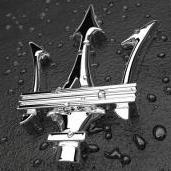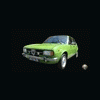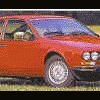[Mai Nate] Land Rover
-
Contenuti simili
-
Land Rover Road Rover EV 2024 (Spy)
Pubblicato da Beckervdo,
- road rover
- range rover ev
- (e 6 altri in più)
- 9 risposte
- 1308 visite
-
- 2651 risposte
- 1183135 visite
-
- 1434 risposte
- 614624 visite
-
-
-







.thumb.jpg.46228d717c405acd43b45b79fddce6a4.jpg)










.thumb.jpg.902d2a4f20a129e92b6f6920407b81bd.jpg)






Messaggi Raccomandati:
Crea un account o accedi per lasciare un commento
Devi essere iscritto per commentare e visualizzare le sezioni protette!
Crea un account
Iscriviti nella nostra community. È facile!
Registra un nuovo accountAccedi
Sei già registrato? Accedi qui.
Accedi Ora